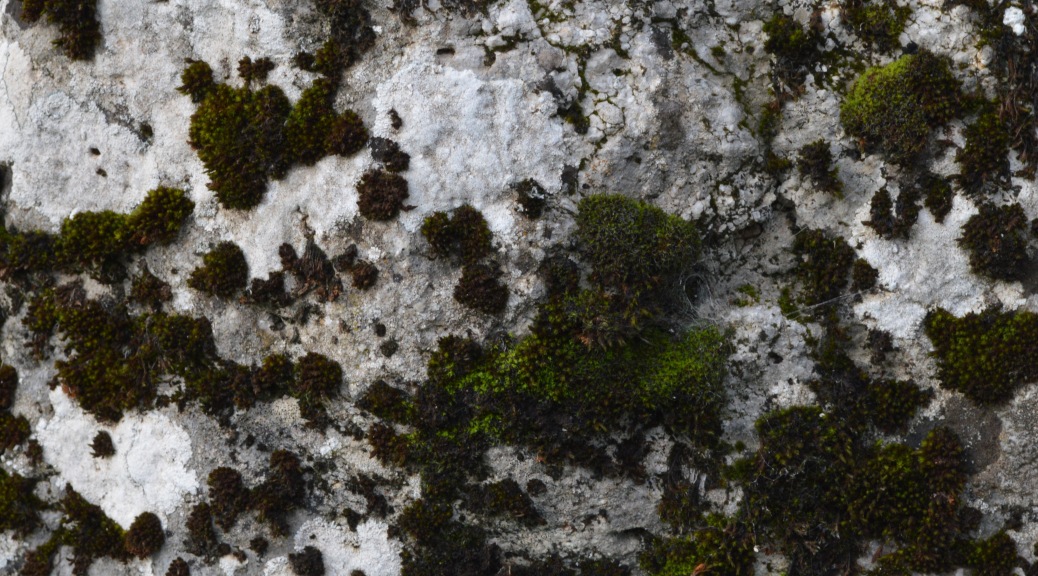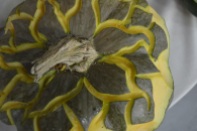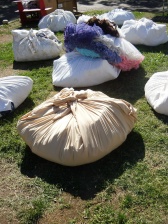In the frantic days before I leave for California, I needed to put some serious order into the farm. I will be going to help harvest the Baker Creek pumpkin seed trails, and just a couple weeks later, I will be giving my speech at the National Heirloom Expo. The excitement is building, because one of my very own farm pumpkins is a part of the trials. I’ve worked hard so to stabilize the variety. I am hoping that when I get there, it will be shining in the sun, and offering resistance to the drought there. But for now, I need to focus on getting my own crop in order. Pumpkin growers frequently count the days when you need to hit your harvest right on schedule for October, and we in tropical and subtropical places need to look 120 days out, and sometimes more.
Hawaii’s high season also creeping closer, where the demand doubles. So, it is simply now or never. This year is a big soil building year, as well as planting all new pumpkin vines. It has been a long summer with quite unexpected weather patterns. We had Winter-like weather for weeks, including flooding, and now it is like Summer again. Adaptability is the name of the game.
The soil strategy is working. I have brought in several tons of hops, mixed them with wood chips from the farm, then piled them on top on salvaged cardboard. The trick is to turn the piles, carefully, letting them air out in all this heavy rain. For those of you just tuning in. In the farmlots, we got several days of flooding after 17 years of drought. Quite a change, but not entirely a surprise. Why? The drought/flood cycle goes together, like it or not. You cannot change the weather, but you can change your soil’s ability to adapt to changing weather. Adding soil structure through organic mulch materials, and valuable nutrients both help. This improvement to soil health also encourages the earthworm, and microbes…and on we go.
People are often overly concerned about how no-till looks, but really, it doesn’t matter how it looks, what matters is how is responds to the needs of your plants. We need to get over our thinking that everything needs to be in tidy rows, with nice big parched earthen walkways between. We are in a drought, and there is a lot more drought coming our way. By planting very close in super homemade soil, the healthy plants adapt and even help one another. I seed select only from varieties that are naturally resistant to powdery mildew (a huge problem in Hawaii) and then I can just let the vines sprawl, without worrying about close planted plants and powdery mildew. What people usually do not see, but you can in these images, is the under story of the mulch. Ever wonder why I have giant green squash leaves the size of platters? It is because I have created a natural fertilizer system on which they grow. When water hits a vine, it encourages it to re-root where the vine touches the soil, or in this case, where the vine touches the nutrient mulch. I can encourage growth by burying the vine, (like giant pumpkin growers do) and encouraging more roots to form and uptake more nutrients. This system is why I get so many tons out of a tiny parcel. A squash plant often produces 2-3 pumpkins, mine may produce 10 times that, because I feed and prune and feed some more. They are spoiled with love.
Here is a look at the mulch before the vines cover the lot. The system is as follows: cardboard, hops and wood chips mixed, some coral sand, coffee grounds, and fermented fish (buried in holes here and there.) Throughout the season, I will feed again with homemade fish emulsion, and top dress with more coffee grounds. Then too, I will add some EM-1 soil microbes fermented in grain to the field. Most of soil making is being done below those sprawling vines. Compost materials are the mulch. Soil is the solution.






























































